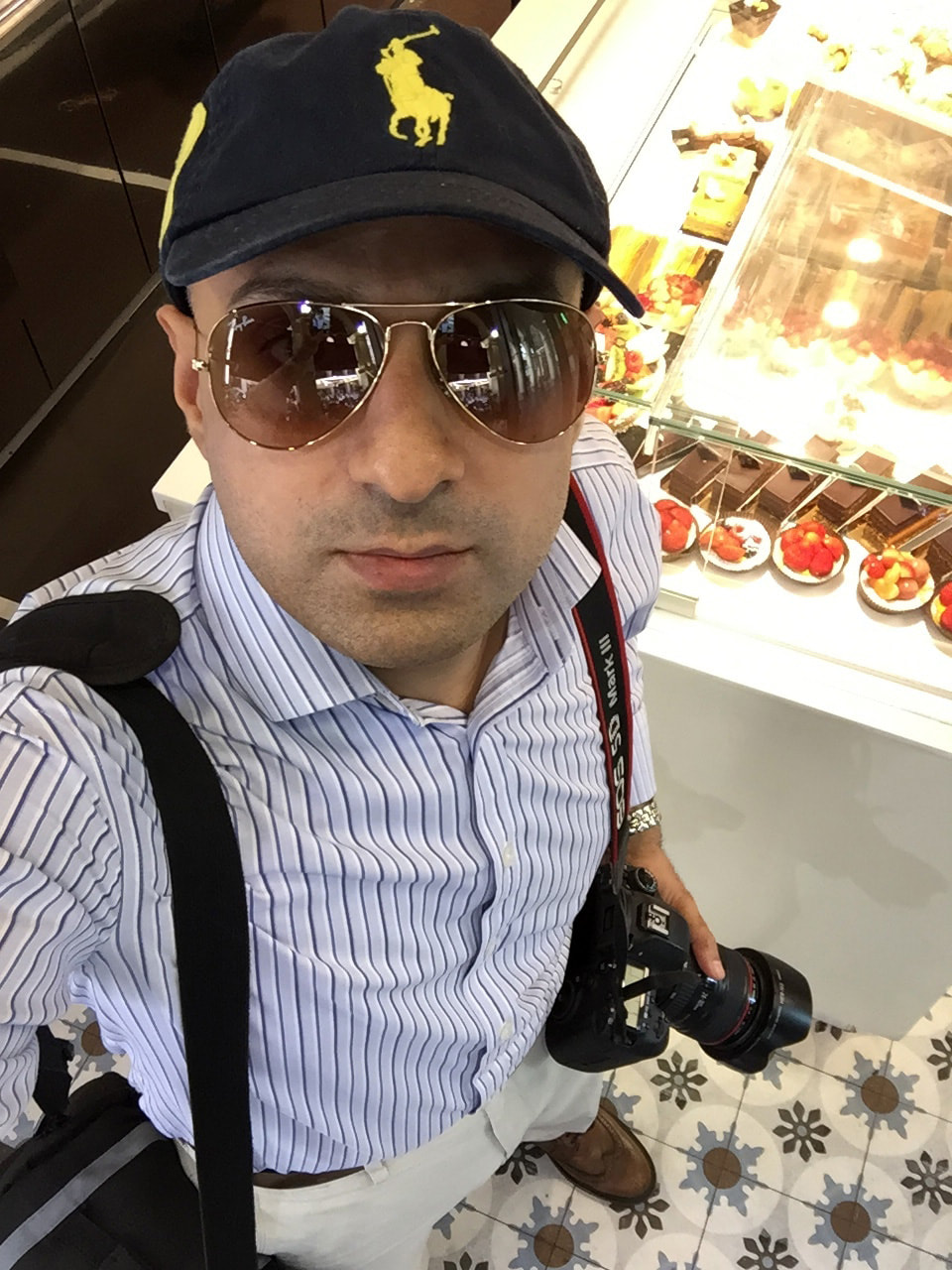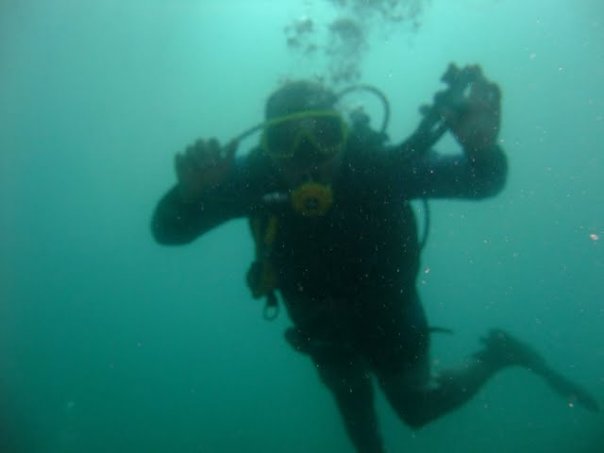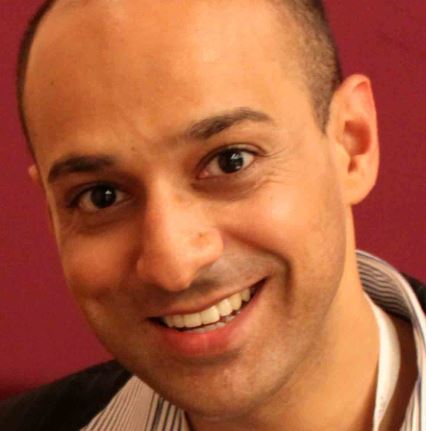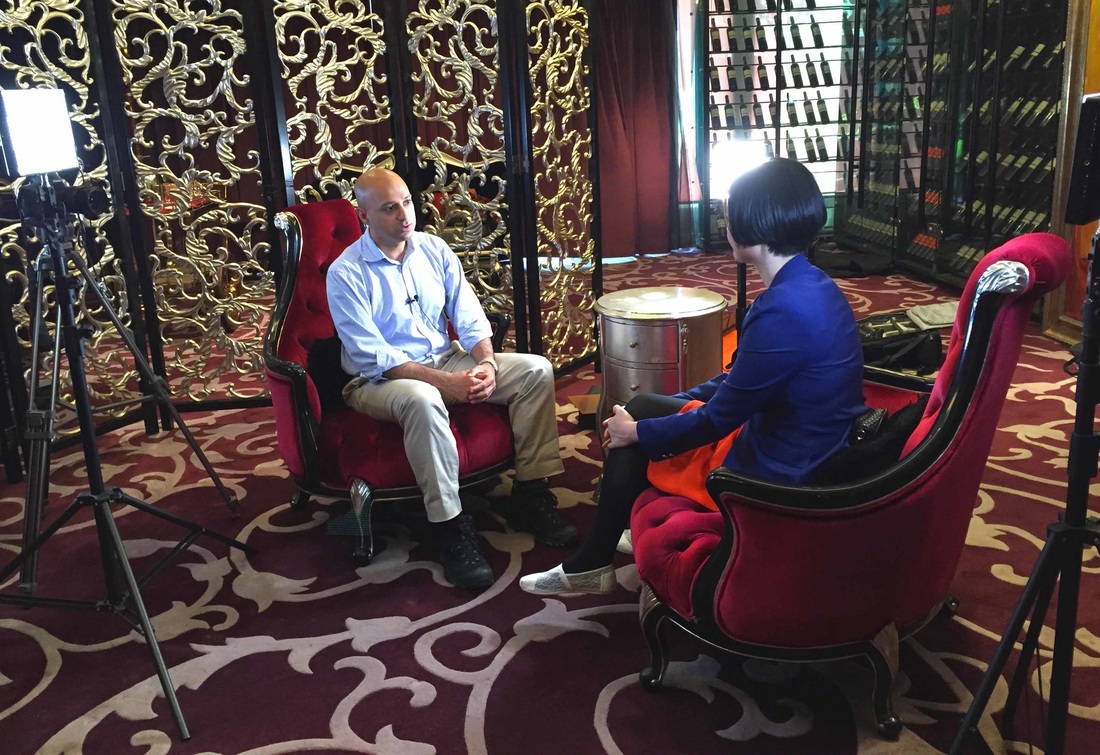|
It has taken some time, but I finally managed to complete reading Typhoon The Inside Story of an RAF Fighter Squadron at War by RAF Wing Commander Mike Sutton (ret'd), a RAF fighter pilot for 18 years. The book provides a rare insight into the high-pressure, high-stakes world of an RAF fighter squadron at war. From the beginning to the end, the book is quite captivating, and provides a detailed and an adrenaline-fuelled, gripping account that puts the reader in the cockpit of one of the RAF's most modern combat aircraft. He takes us on an amazing journey right from childhood to his initial officer training commencing on 9 August 1999, and to his career until now. He deep dives into his career highlight of ending up flying the Eurofighter Typhoon FGR4 — the workhorse of the Royal Air Force’s air combat fleet— in both air-to-air and air-to-ground missions to Iraq and Syria, where his squadron provided critical air support to ground troops. I am delighted that in this exclusive blog interview Mike shares his early beginnings in aviation, being selected to fly the Jag, what it was like to fly, and more! Nav Singh [NS]: Mike, thanks for taking time to contribute to my blog. What is your first memorable experience of aviation? Mike Sutton [MS]: Thanks a lot for having me here! Like a lot of kids, my first real interest in aviation began with the thrill and excitement of being a passenger on a commercial jet. Back in the days when you could, my brother and I were invited to the cockpit on one occasion. It was a night flight and I distinctly remember the orange glow of hundreds of lights, switches, and buttons all around the flight deck. Outside was pitch black, save for the shimmering glow of Paris far below, and rows of streetlights threading their way into the distant countryside. It was a staggering view. I bet thousands of kids have been inspired into careers in aviation because of moments like that. It’s a great shame that cockpit visits have been stopped. NS: Did you always want to be a fighter pilot? How did you get into it as it is quite competitive? MS: I didn’t know much about the RAF when I was growing up. I thought that I wanted to fly, but no one in my family was in the military and the mid 1990s were pre-internet — it was tough to discover information about the role. I applied to the RAF at 17 and was didn’t get a job offer. So, having learned an early lesson in rejection, I went to university and joined the University Air Squadron. These organisations are a great way for people to explore a potential career in the RAF without signing up. I learnt how to fly the Bulldog in formation, at low level, at the hands of some fantastic RAF instructors. I then reapplied for a job — this time with a bit of flying under my belt and a fraction more life experience — and luckily made it through the net. Selection involved several days at RAF Cranwell comprising of computer aptitude tests, mathematics, interviews, group exercises and a full medical. It’s a pretty involved process. Every year thousands apply and only a few dozen make it from the application stage into the RAF as pilots. NS: What goes in your mind during a mission to target the enemy? What do you think about? MS: Complete and absolute focus on the task, pure and simple. In a single seat jet like the Typhoon, you are completely immersed in flying the aircraft and ensuring that your radar, weapons systems, and formation are perfectly configured to conduct a strike. It’s a very involved and considered process that begins with the rules of engagement and ensuring that there will be no collateral damage. It takes pilots between five and seven years of full-time immersive training before they even make it to their first squadron. They then must pass a lengthy phase of simulator and live flying training learning how to fly and fight that frontline aircraft in all the disciplines — air combat, intercepts, air defense and strike, using all the different aircraft systems such as the radar, targeting pod, datalink, and the various weapons. This is at day and night, in large formations, and in unfamiliar airspace. Only when you have proven yourself highly competent in all of these skillsets are you considered for an operational deployment. NS: What tactics do you use to take your mind away from work after a mission? MS: When I left the RAF, I was asked what hobbies I had. ‘Hobbies! I joked; I hadn’t had any time!’ Days are invariably long on a fighter squadron, and you are out routinely out of the country on operations and exercises for six months of the year. People try to keep themselves fit and are normally juggling family life too, of course. An operational mission could last for eight hours airborne, so the whole cycle including planning, briefing, writing up reports was normally well over 12 hours. After that lot my first thoughts were normally about grabbing some food and getting some sleep! If I had some spare time I’d normally go for a run or head to the gym. As the squadron leader, I also had responsibility for the management of the pilots, engineers, and support staff — about 135 people in all. So, there was a fair amount of report writing and the normal process of meetings and management to keep a fighter squadron ticking along. Now I’m out of the military, I’ve found time to start playing sport again which I’m really enjoying. NS: In 2015, as a RAF Typhoon multi-role fighter, you were part of the Red Flag exercise - what were some of the challenges, as the Typhoon [as you have quoted] is not optimized to fly across the Atlantic? MS: All combat aircraft are a compromise. Their designs try to strike a balance between range (fuel load), survivability (defensive systems) and potency (maneuverability and weapon load). Some are optimized to one more than the other — for example a bomber such as the B-2 Spirit Stealth has great range and payload but is not maneuverable. To get agility — an essential characteristic for a fighter — you normally have to compromise on weight, and that means having a fairly limited fuel load. Hence why most fast jets can only fly for a few hours and have to be able to conduct air-to-air refuelling. For long missions, or for deployments across the globe we would routinely take on fuel from a dedicated tanker aircraft. The RAF uses modified Airbus A330 aircraft that stream fuel hoses from their wings. The fighters need to position behind these and connect a probe on the fighter into the basket at the end of the hose. This is pure hands and feet flying — it is a such a dynamic process there is no computer assistance whatsoever. As the tanker’s wings flex in turbulence the hoses can whip up and down, so connecting in poor weather can be pretty tricky — and even harder at night when the process is conducted in total darkness. NS: Do you still fly [commercial or private etc.], and knowing that you are not in active in the armed forces, how do you keep fit and motivated now? MS: I’m still involved with the military. I fly for a commercial, civilian company who are contracted to provide operational readiness training for the military. In practice this means that we act as ‘the enemy’, conducting radar and communication jamming, and pretending to act as hostile aircraft for frontline air forces and navies to train against. This involves working with a lot of NATO countries and travelling around Europe and the Middle East. There are a lot of former fighter pilots in the company so there are shades of the previous role, although without quite the same pressure as before! NS: These days it is all complex things like simulated Long Range AMRAAM, and not the old school skills of "rushing around at down low level and dropping bombs. Essentially, low level mud moving" to "multi-role" flying. What that in mind, is a non-stealthy aircraft still survivable in your opinion? MS: 100% there is a place for non-stealthy aircraft. Low observable jets have a key role in modern warfare, but they are expensive and have a particular skillset against certain target sets. Their low observability also means that they are compromised in other ways — for example payload. As an example, the F-35 Lightning II carries far fewer missiles than the F-15 Eagle. If you look at modern air forces, they aim to have a blend of 5th Generation ‘stealth’, and non-stealthy jets too. The fundamental issue actually concerns how forces should be balanced with capabilities, and this includes other assets such as drones, intelligence, cyber, etc. To use a slightly clunky medical analogy, a robust health service needs brain surgeons and GPs, as well as nurses and administrators. NS: There are reports that the Tempest fighter jet will replace the existing Typhoon combat aircraft in service with the UK Royal Air Force by 2035. What are your thoughts on this? Where do you see the future of the typhoon in the RAF? MS: The Tempest looks great. It is a sixth-generation asset and aside from the tactical capability that it will offer – enabling us to compete in the 2040s and beyond — the very development process has huge spin-offs for industry and the strength of our sovereign capabilities. The number of programme sub-contractors already runs into the hundreds and many of these companies will be involved in developing novel high-end technology that will have benefits to the civilian engineering sector. I expect the Typhoon to continue for years to come. It is one of the best multi-role fighters in the world and is in its prime. The other thing to note is that the development of sovereign fighters is the only area of defence where the Treasury makes money back. People often quote the cost per airframe but forget that with exports the UK actually generates revenue in the £Billions from overseas aircraft sales. NS: I read your Telegraph piece and one thing would be good to know for readers: why do you think air forces are not good at explaining their role, or the timescales and efforts required to set the conditions for success? Is it challenging to explain the complexities of actual warfare – aside from when someone is actually sent on a mission? MS: It’s a great question, hugely multi-facetted and not a new issue. As a historical example, the bomber command crews during World War Two have never been awarded a medal despite being killed at a rate far higher the infantry fighting at the Somme. In the modern day, one aspect is that during ‘peacetime’ it’s very easy to take risk on the military capabilities you maintain. Despite the fact that forces have been actively involved in overseas operations for the last three decades, the conflicts have largely been ‘wars of choice’ rather than wars of national survival. So, it is easy for politicians to salami slice and cut militaries, with populations at home not really noticing. You only really need a strong military when the balloon goes up, and the very survival of your state is threatened. Then it is too late to start building up – as we are witnessing with the current brutality being suffered in Ukraine. An air force pilot takes years to train, and years more to be truly useful as an instructor and tactics expert. NS: Considering the geo-political eggshell situation the world is in now [Ukraine, Israel-Palestine, Yemen, Iran etc., and with threats from Russia and China …], investment in capabilities is desperately needed! There has been talk of the Global Combat Air Programme [GCAP], headquartered in the UK, which will see the development of a 6th generation combat aircraft with Japan and Italy due to be fielded in 2035. But considering how ridiculously SLOW things get going in the UK, how optimistic are you on the GCAP programme?
MS: GCAP will invariably delay, but I do not see that as a particularly huge issue. There is value in the sovereign development process, and the end product will be superb. Until then we have a great force mix of F-35 Lightning II and Typhoon aircraft, which is as good as anything in the world. NS: An incredibly important conversation that people in the armed forces [as well as the same with submariners, astronauts and airline pilots, or other professionals that are exposed to danger] is having to deal with risk and death because the danger is on 24/7 all the time. Can you share the worst possible situation that you have ever experienced as a fighter pilot and how did you resolve or manage it? MS: Fighter pilots are invariably pretty composed people. We are good at coping in high stress environments and not reacting emotionally — I’d say that the other side of this coin is that we are pretty good at bottling issues up, which is not necessarily a good thing. Every fighter pilot will have used up some of their nine lives and have their own stories to tell — be it close calls with other aircraft, being targeted by threat systems, or suffering serious aircraft malfunctions. Many too, of course, have paid the ultimate sacrifice. It’s hugely positive that mental health is increasingly being acknowledged as an important issue, and that societies are moving towards providing better systems and care for veterans of conflict who need help. NS: Mike, thank you very much for spending time to share your thoughts. It has been an absolute pleasure having you on my blog! MS: You are welcome. The pleasure is mine. Thanks a lot, Nav!
0 Comments
Your comment will be posted after it is approved.
Leave a Reply. |
Get in Touch:LIFE MATTERSHere I share my thoughts
and experiences during my travels, and how some things have affected my life as an expat and world traveller. Travelling is about capturing that moment in life. Every word, view and opinion on this page is that of Navjot Singh - except where indicated. The most recent is at the top. Scroll down to read the archive. Or search using CTRL+F (COMMAND + F) and enter a keyword to search the page. Just some of the stories you never heard before. The NAVJOT-SINGH.COM web blog is separate to this web site....Click blog, which may not be visible in some countries due to local firewall restrictions, so in those cases this weblog may be read. The weblog also includes some of my press trip reports- most of which are not published on the official blog because of copyright issues. The weblog also contains articles that may be associated directly with a PR trip for a country, airline or a hotel. These are PR reviews done in relations with various companies. If you are an investor or a trend watcher then you may find this website useful as investing has a lot to do with personal observations and finding the ideal trend or next big thing. The average human on the street frequently knows far more about the state of the economy than politicians, university professors, subject matter experts, and financial analysts who seldom travel, or if they do so, only from one hotel to another hotel! The pulse and vibrancy of an economy is nowhere more visible than on a country's streets. All photos and words are © Navjot Singh unless stated. Photos taken by others or by agencies are appropriately copyrighted under the respective name. No photo or word/s may be taken without the prior written permission by the author (i.e. Navjot Singh). All Rights Reserved. Archives
April 2024
Categories
All
|
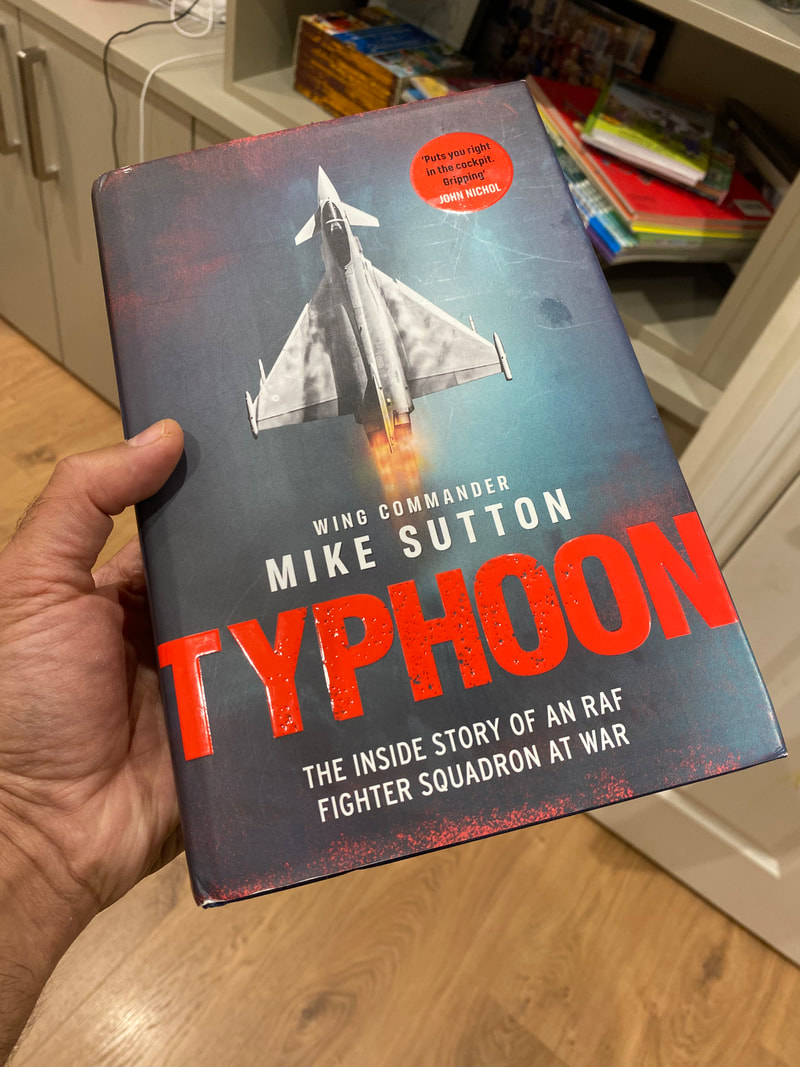
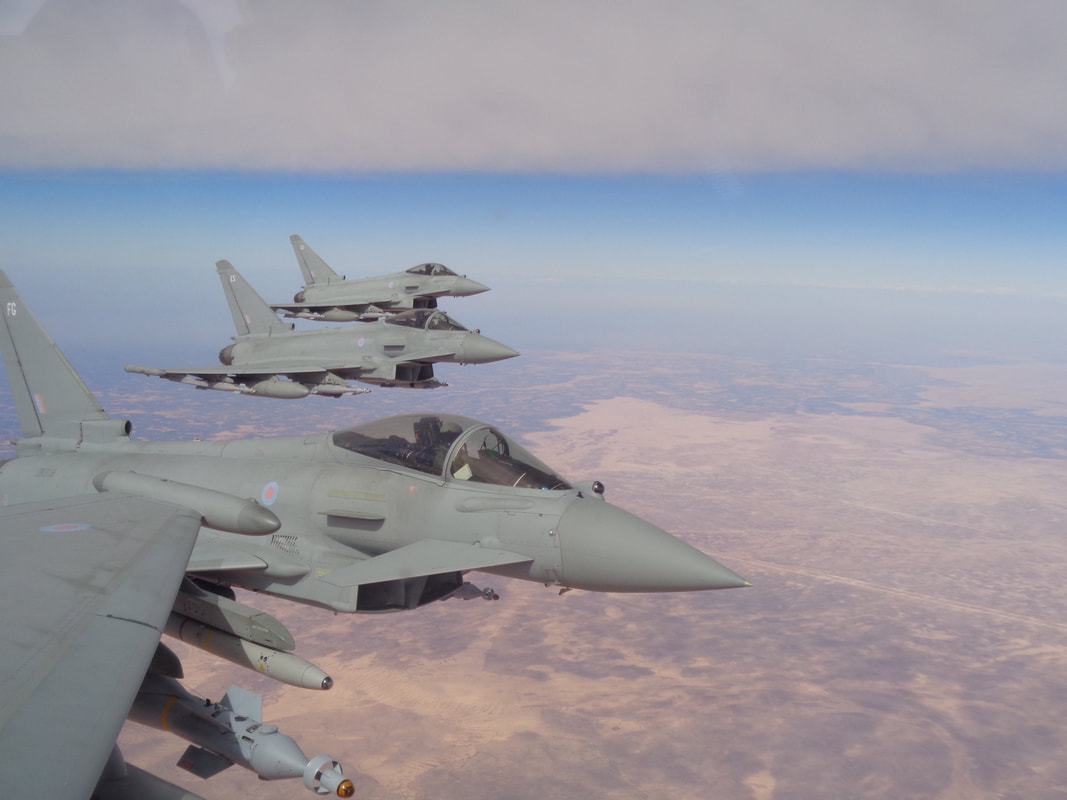
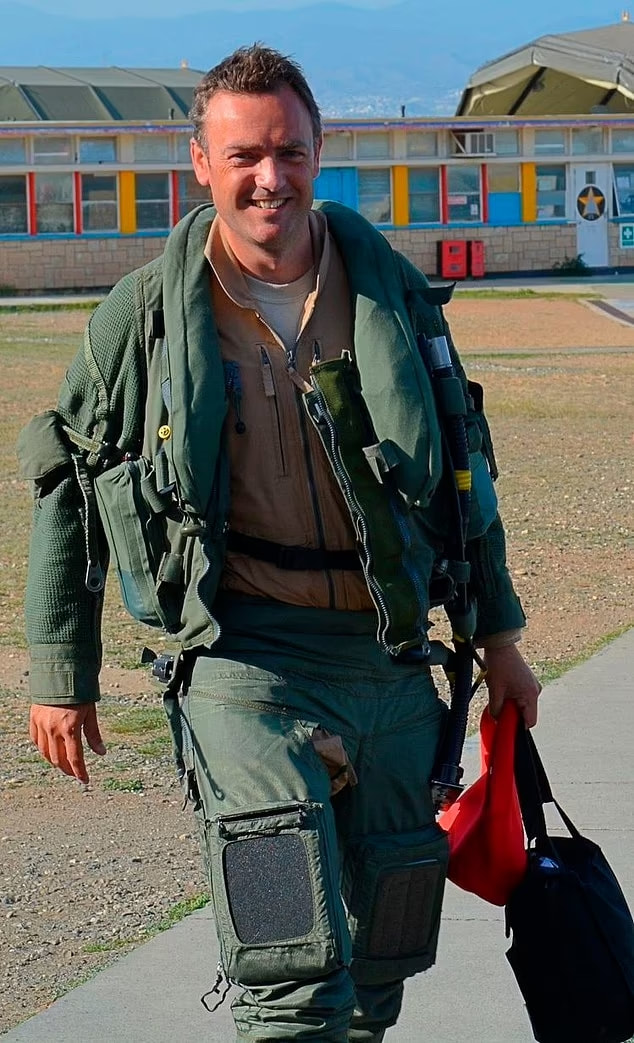
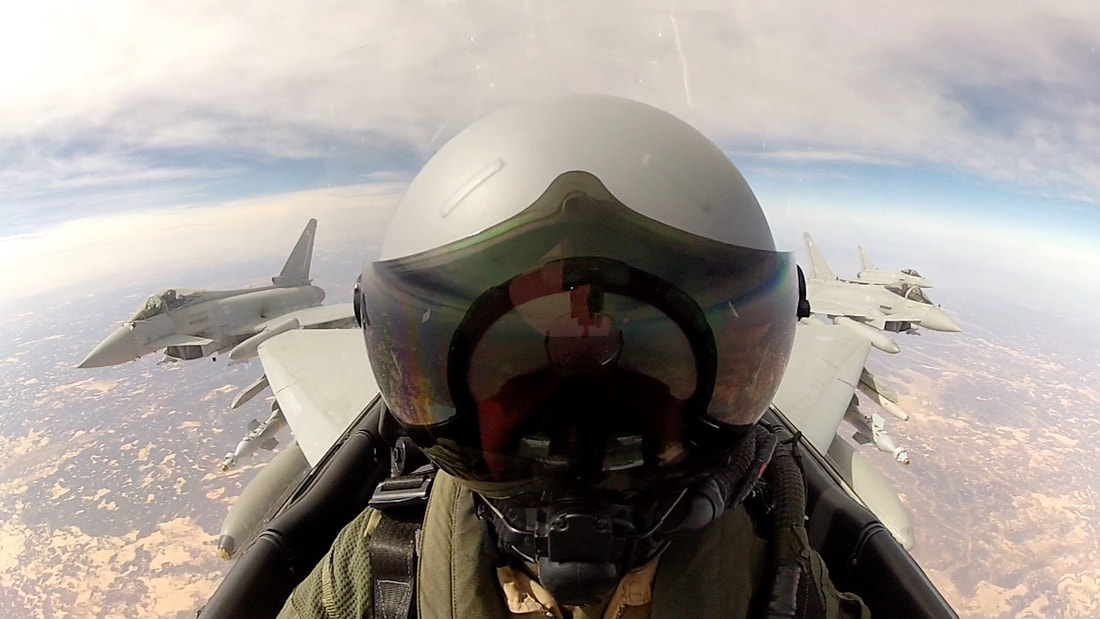
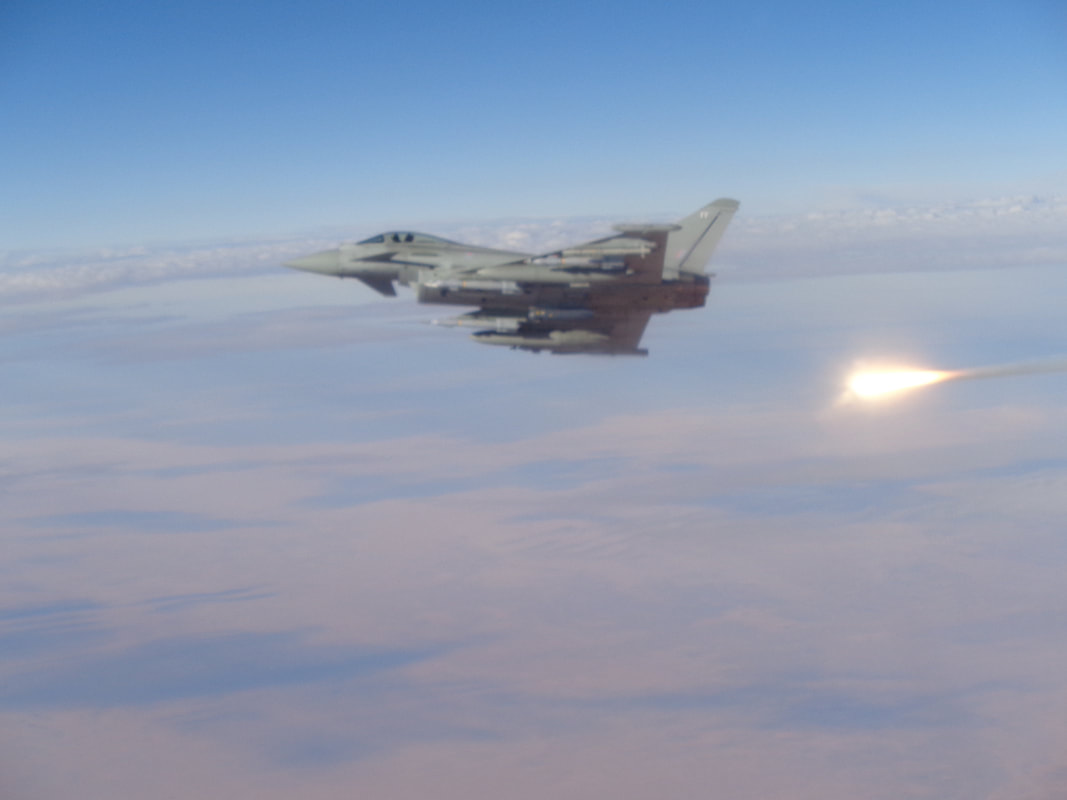
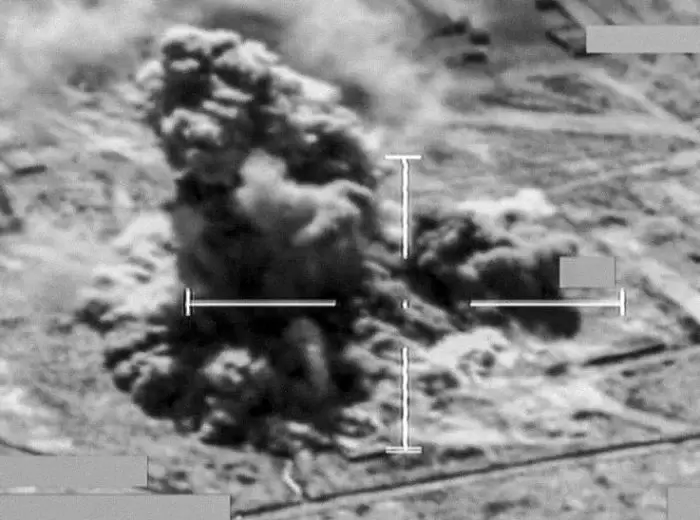
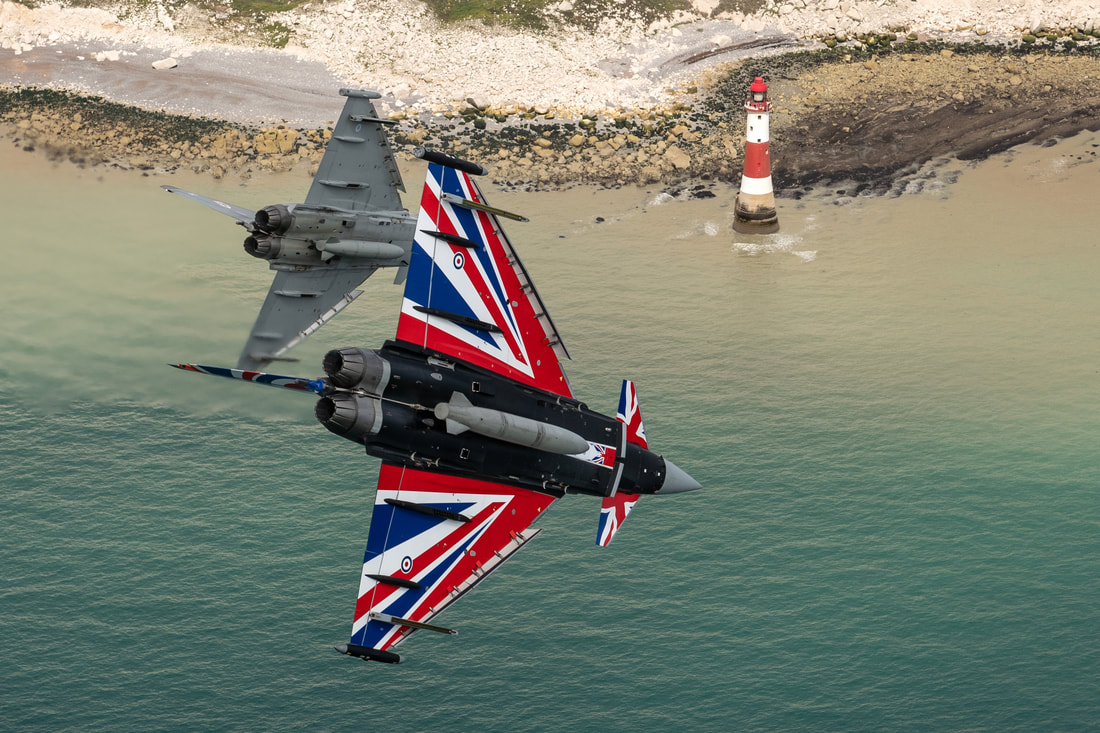
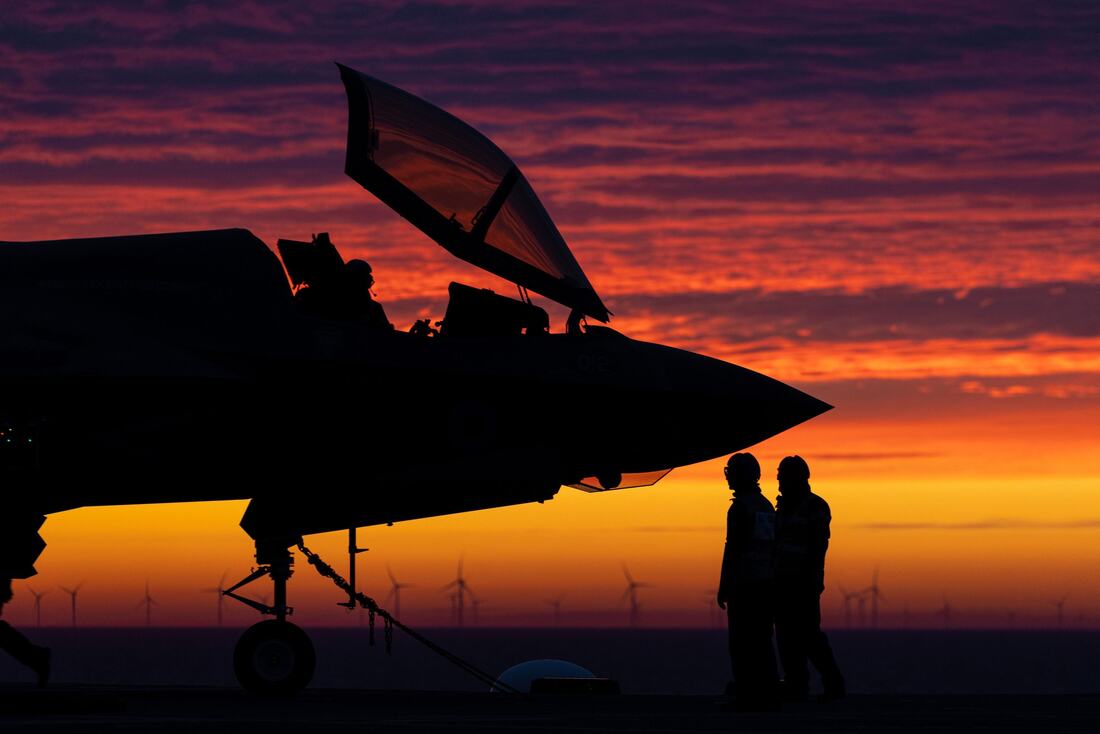
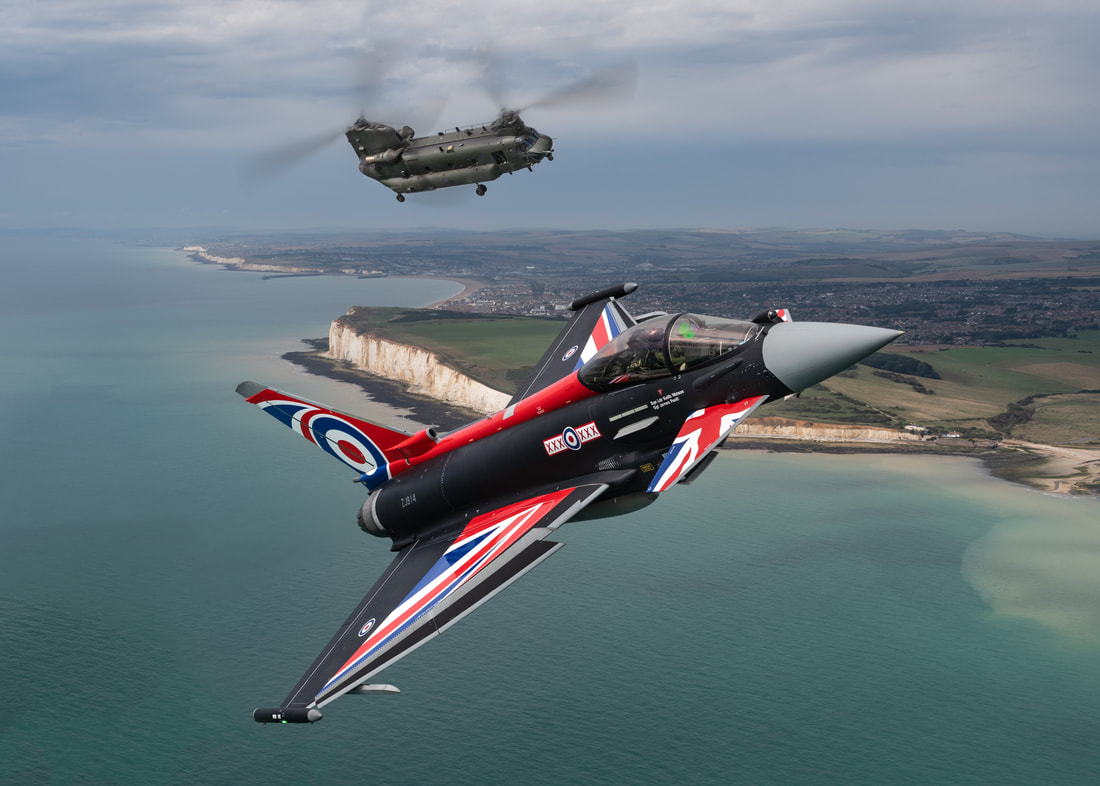
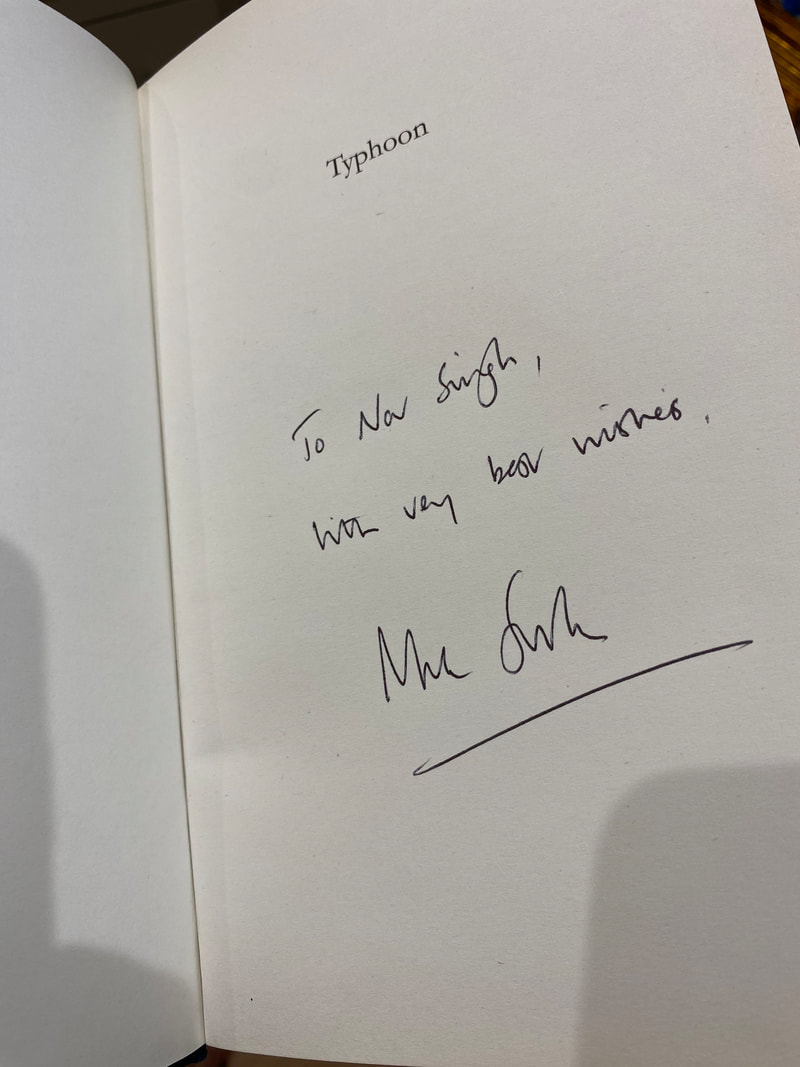
 RSS Feed
RSS Feed

